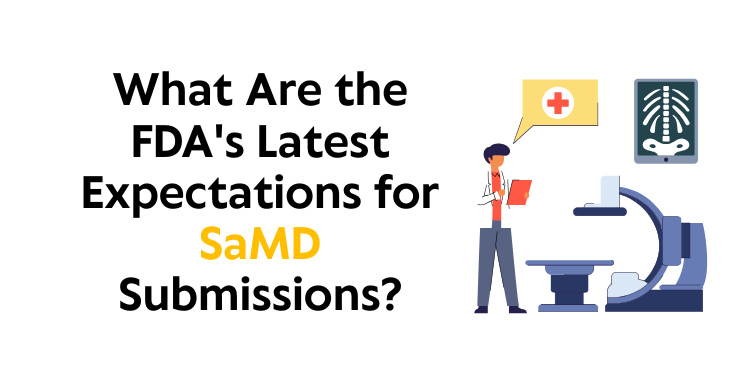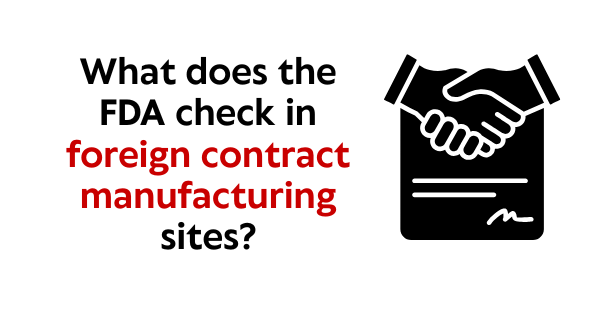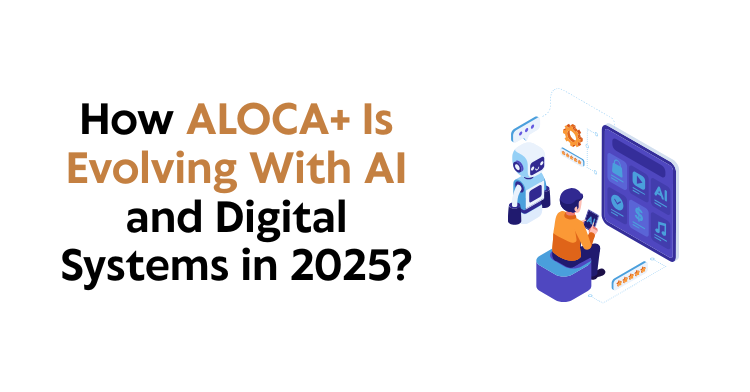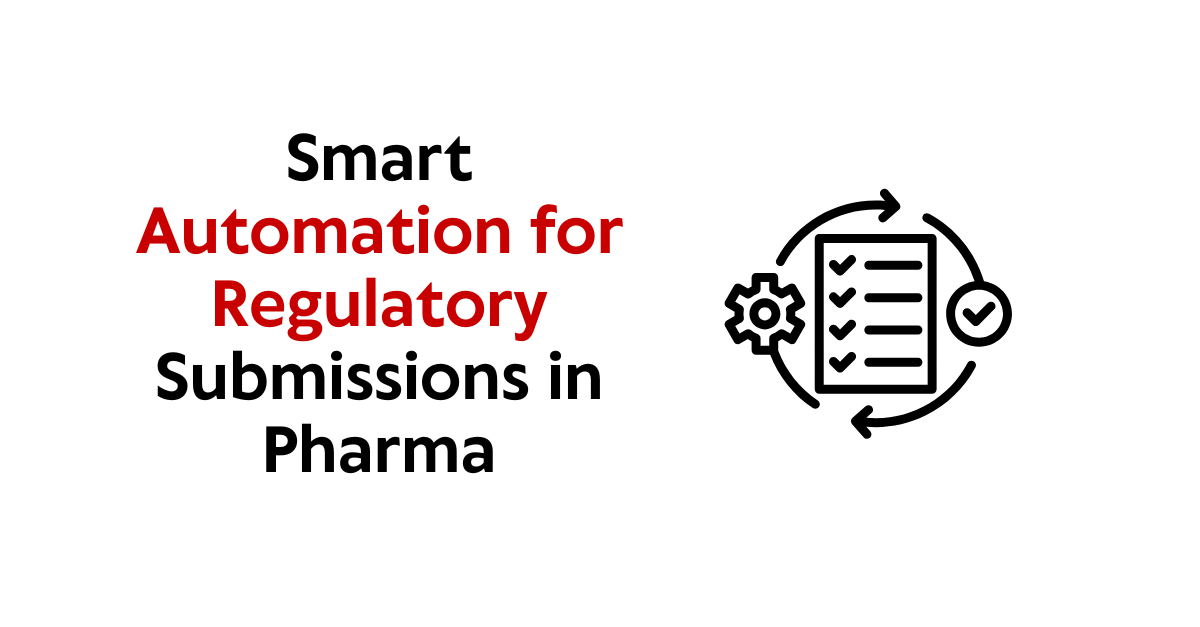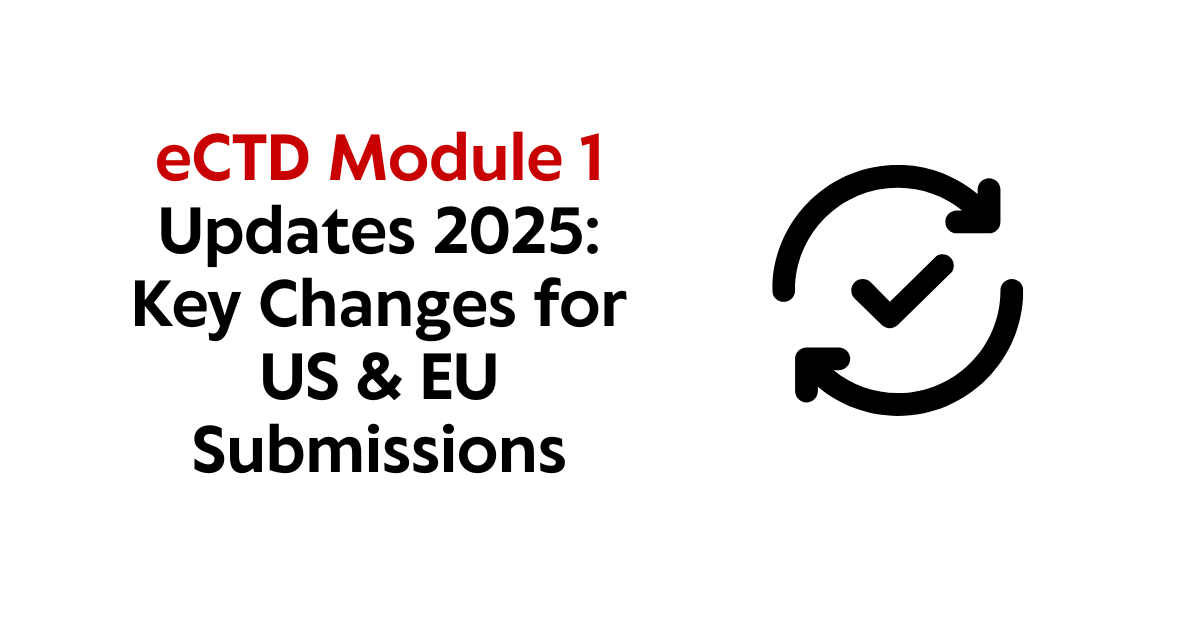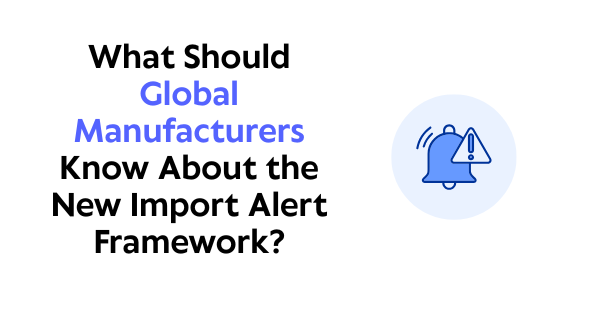
What Should Global Manufacturers Know About the New Import Framework?
Global manufacturers must treat the U.S. FDA’s Import Alert framework as a dynamic, operational risk-control mechanism, not just a customs nuisance. Import Alerts can trigger automatic “detention without physical examination” (DWPE), stop shipments at the border, and force expensive corrective paths. To stay resilient, manufacturers should understand how alerts are structured (DWPE, red/yellow/green lists), monitor […]

